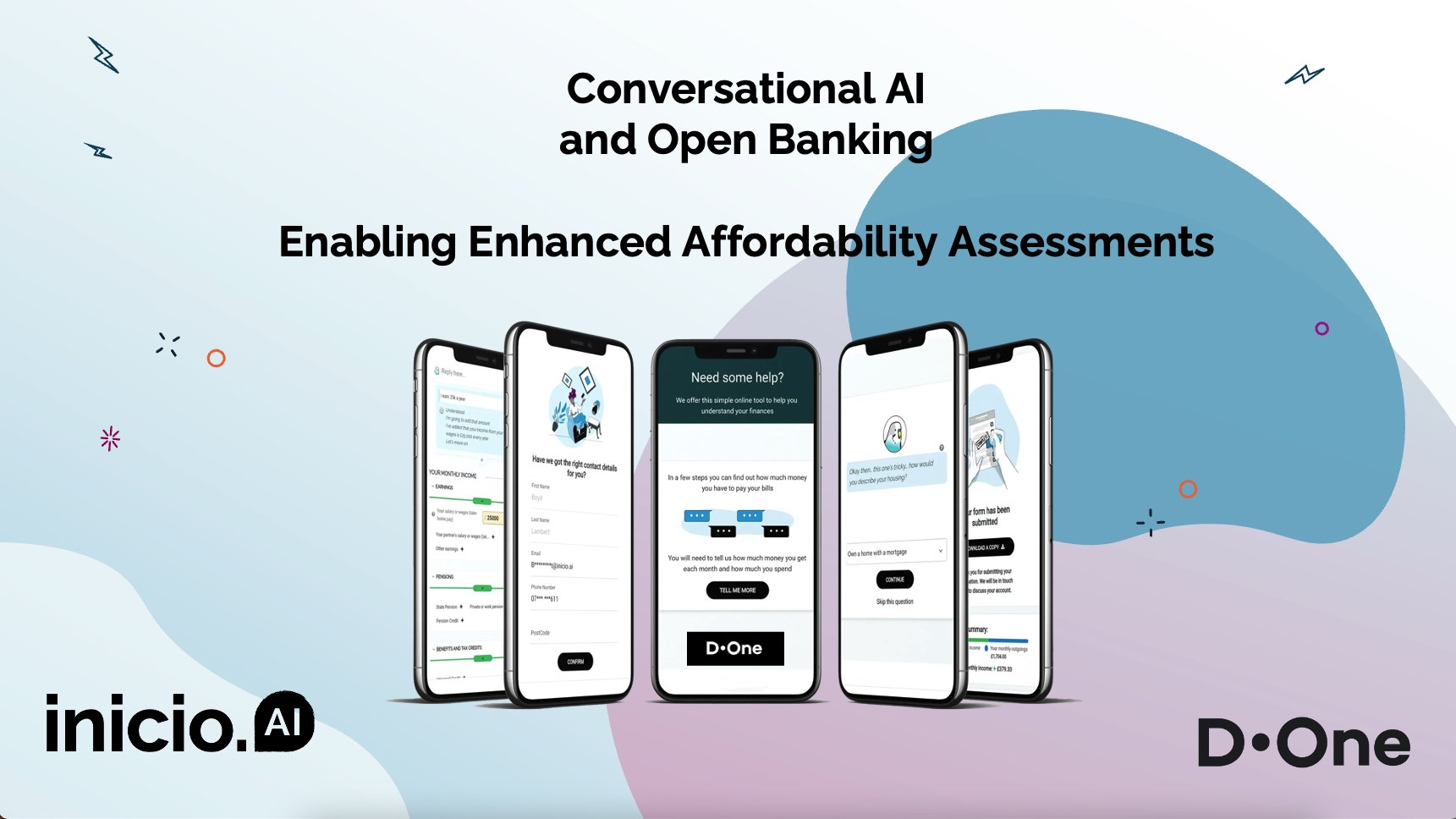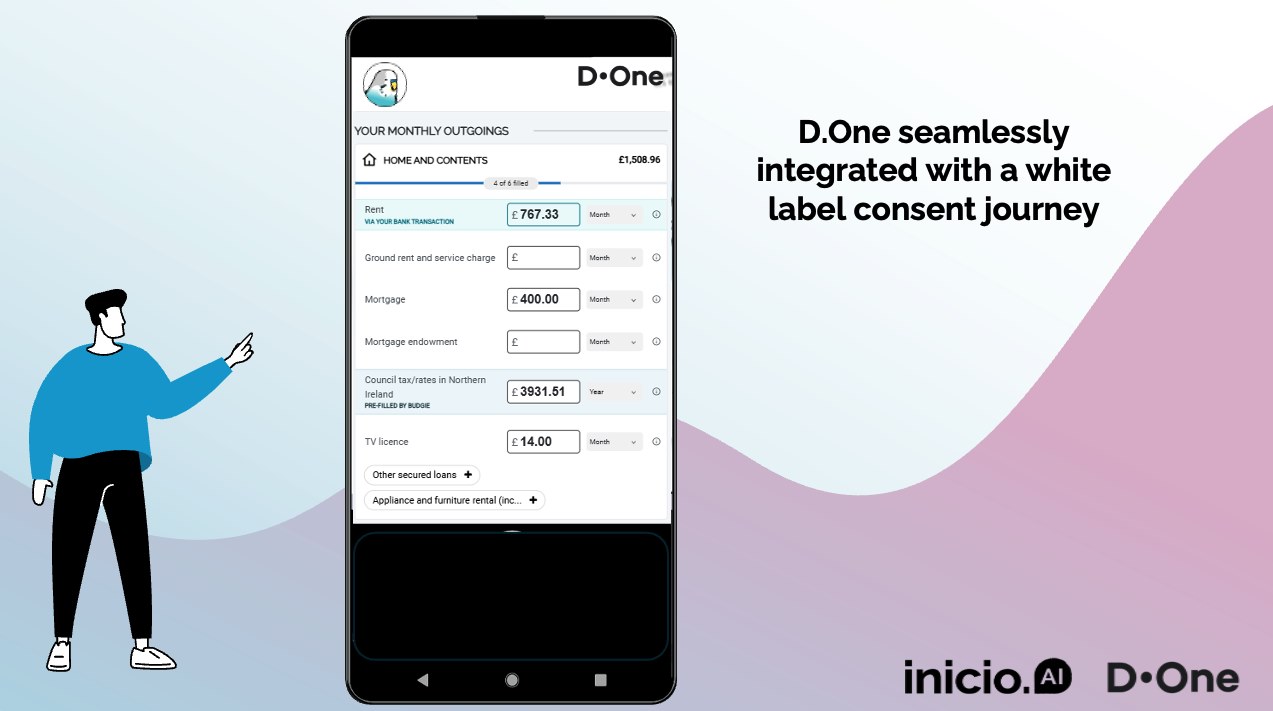Affordability using AI
Why Inicio?
We are focused entirely on affordability and specifically the completion of Income and Expenditure (I&E) forms. We obsess over consumer engagement and experience to ensure you get the best quality I&E possible using the latest developments in conversational AI.
Our solution offers a powerful way of capturing verified, quality customer Income and Expenditure data.

Tailored solutions for your business
Our tailored approach and product mix ensures that the solution is customised to meet the unique needs and objectives of your business, maximising effectiveness and return on investment.
Cost positive commercial models
All solutions are designed to have a positive Return on Investment for your business, whether that is increasing the number of consumers you are reaching, the amount you are collecting, reducing operational costs or breakage rates.
Easy deployment
Our experienced tech team can deploy engagement solutions in as quickly as a week and fully integrated services within a month, our solution requires little to no tech resource from clients.
Open Banking and Data Integrations
We have partnered with data sources such as open banking providers and credit bureaus, our team work with clients to configure the mapping of data for easy pre- population of fields.
Dedicated client support
From go live to transitioning to Business As Usual, we are continually monitoring performance. Your dedicated support from the Inicio team will always be available to support alongside formal monthly and quarterly review meetings.

What are the other benefits?
Real Social Value
Using Income Maximisation and social tariff tooling provides real social value. It can increase your consumers incomings, bolster your plan performance and add to your Environment, Social and Governance agenda. We are currently seeing consumers on average £348 a month better off where we have identified missing benefits.
Regulatory Compliance
The regulatory bar continues to rise, whether it is the number of I&Es you want to complete, a better way of navigating your annual payment plan review process or providing data driven evidence to your regulator, we have solutions.
Consumer Insight
The data gathered as part of the Income and Expenditure process is rich, with consumers disclosing in greater detail. As a consequence we can give you deeper insights in to your consumers circumstances, benchmarked against our control groups.
Built for Growth
Any consumer finance organisation looking for growth needs to be well prepared, increasing I&E’s normally means more agents, more customers to reach and increasing operational costs, Our solution is built to support growth with limited operational costs compared to traditional overheads.






